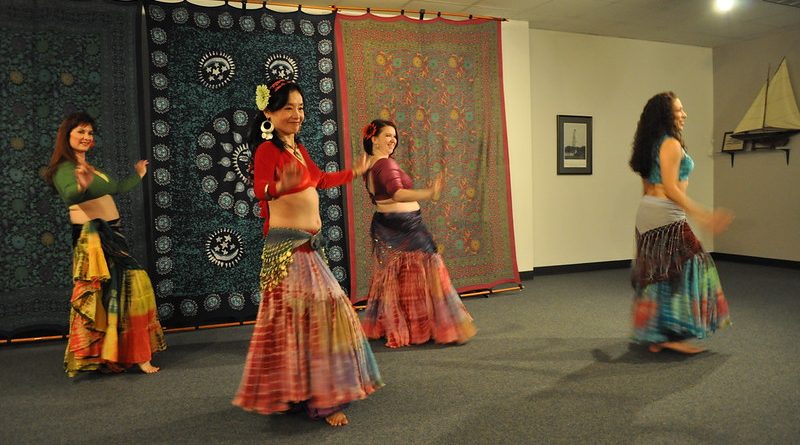Exotic Fayre: The Art of Belly Dancing
Culture Facts
Where: Originates from Turkey & Egypt, taken to the west in the 1900’s
History: Sisterhood empathetic dance to help endure the pain of labor
How to join in: Join a class and be prepared to work that tummy. You don’t need to have a flabby tum to join in!
History of Belly Dancing
The term “belly dance” is a translation of the French term “danse du venter”, which was applied to the dance in the Victorian era, and probably originally referred to dancers from the Ouled Nail tribes of Algeria. Its current use is something of a misnomer, as the Ouled Nail dance used more abdominal movements than the dances described today as “belly dance” or “Raks Sharki” in Arabic. In the ancient middle east, the belly dance was first used as a birthing aid, with the sisters of the woman giving birth performing snake like symbolic movement to ease their sister’s birth.
Many regard belly dancing is an Egyptian art, and the best dancers are gypsies originally from Egypt. Belly dance was later brought to America in 1893 by the famous dancer Little Egypt as an exotic fayre.
Spiritual Connections and Serious Techniques
Belly dancing is a spiritual connection between the mind and body to achieve a sense of holistic well being. It celebrates the feminine soul and joy of womanhood. It is not an erotic or “exotic” type of dance, and the costume, which is never removed, is intrinsic to the dance. The dancer needs to use a combination of agility, fluidity, grace, creativity and physical strength as well as a well trained technique.
Throughout the west there are belly dancing teachers practicing, it’s easy to enrole in a class which is a fun way to be creative and get some exercise.
More Information
Belly Dancing Lessons Online
The disclaimer says you can’t learn to dance on-line you need a real live teacher, but this animated dancing girl with step by step instructions is great fun.
Art Of Middle Eastern Dance – Links Page
Find out everything you would ever wish to know about middle eastern dance with over 300 articles, songs, and poems.
main image: Shah Tahmasp I and Humayun. Novrouz festival From Chehel Sotoun Palace, Isfahan The Mughal Emperor Humayun’s meeting with Shah Tahmasp of Iran in 1544 by the artist Sanvala, 1602-3.




